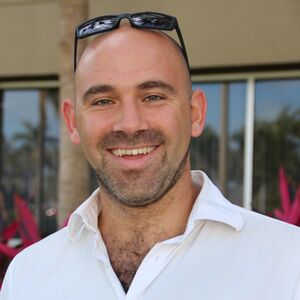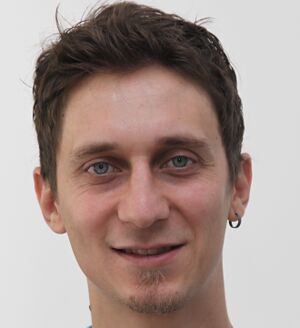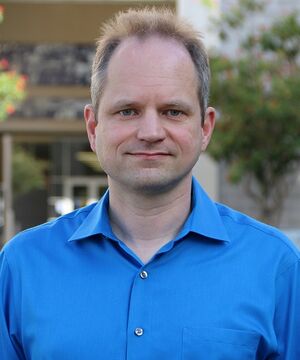|
Edoardo Persichetti is currently assistant professor in the Department of Mathematical Sciences at Florida Atlantic University. Before moving to Florida, he was Assistant Professor of Mathematics at Dakota State University and Postdoc (Adiunkt Naukowy) in the Cryptography and Data Security Group at Warsaw University in Poland. He completed his PhD in Mathematics in late 2012 at University of Auckland, New Zealand under the supervision of Steven Galbraith. His research interests are public-key cryptography (post-quantum, provable security) and number theory (mainly coding theory), with several papers published in top-tier conferences in cryptography such as PKC, ACNS, and PQCrypto, as well as journals like the Journal of Mathematical Cryptology. Dr. Persichetti is a co-author of 4 submissions to NIST’s Post-Quantum Standardization, and participates actively in the community. He regularly serves as peer-reviewer for many internationally-recognized conferences and journals, and is currently serving as an editor for the IACR Book Reviews system. |
|
Shi Bai is an assistant professor in the Department of Mathematical Sciences at Florida Atlantic University. His research interests are in cryptography and computational number theory. He has obtained his PhD from the Australian National University in 2012. In 2013-2014, he was a postdoctoral researcher at the University of Auckland. In 2015-2016, he was a postdoctoral researcher at ENS Lyon. In Fall 2016, he joined the Department of Mathematical Sciences at Florida Atlantic University as an assistant professor in cryptology. He is also a faculty member in the Center for Cryptology and Information Security (CCIS). He is currently interested in number theoretical algorithms in cryptography & cryptanalysis such as algorithms on lattices. He is a developer of the open-source software CADO-NFS for integer factorization and FPLLL for lattice reduction. His current research on lattice algorithms is supported by the National Institute of Standards and Technology. |
|
Koray Karabina's research interests are in the areas of design of new cryptographic primitives and algorithms, efficient implementation, and cryptanalysis. He received his Ph.D. degree in Combinatorics and Optimization from the University of Waterloo (UW) in 2010. Koray is currently working as an associate professor in the Department of Mathematical Sciences at Florida Atlantic University (FAU), and he is a member of the Center for Cryptology and Information Security at FAU. Koray's current research in biometrics is supported by the National Science Foundation, and his research in elliptic curve cryptography is supported by the Army Research Office and the National Institute of Standards and Technology. |
|
Rainer Steinwandt serves as Chair of Florida Atlantic University's Department of Mathematical Sciences. Before joining FAU, he was with the University of Karlsruhe in Germany, where he completed his M.S. and Ph.D. degrees in computer science, researching topics in computer algebra. Today, his research focus is in cryptology, including quantum cryptanalysis and quantum-safe cryptography. He currently serves as director of FAU's Center for Cryptology and Information Security. His research has, e.g., been funded through the Air Force Research Laboratory, the German Federal Office for Information Security, and the National Science Foundation. |
|
Error creating thumbnail: Unable to save thumbnail to destination |
Malvina Catalano Gonzaga di Cirella is an undergraduate student in the Department of Mathematical Sciences at Florida Atlantic University. Her major is Mathematics and she is interested in Cryptography. |
Contact: pqcwiki at gmail dot com |
|---|
This work has in part been supported through NIST award 60NANB18D217 and the NATO SPS Programme under grant G5448. |
|---|




